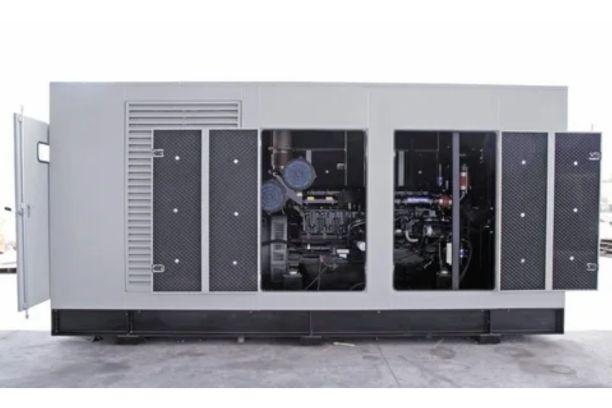In the bustling urban environment of Dubai, generator acoustics play a crucial role in maintaining a peaceful atmosphere while ensuring uninterrupted power supply. Understanding the importance of noise control in generators can make a significant difference in various settings, from residential areas to commercial establishments. This article will explore the key aspects of generator acoustics and provide insights on how to achieve a quieter power solution.
Why Generator Acoustics Matter
Generators are essential for providing backup power during outages or in areas without a reliable power grid. However, the noise generated can be disruptive and cause discomfort for people nearby. Managing generator acoustics is crucial for several reasons:
- Noise Pollution Reduction: Excessive noise from generators can contribute to environmental noise pollution, which has adverse effects on human health and well-being. Reducing generator noise helps create a more pleasant and healthier environment.
- Compliance with Regulations: Many regions have strict noise control regulations. Ensuring your generator meets these standards is essential to avoid fines and legal issues.
- Enhanced User Experience: For businesses, a quieter generator can improve customer satisfaction and employee productivity. In residential areas, it ensures a more peaceful living space.
Techniques for Improving Generator Acoustics
Several methods can be employed to reduce the noise produced by generators. Here are some effective techniques:
- Acoustic Enclosures: One of the most effective ways to reduce generator noise is by using acoustic enclosures. These are specially designed housings that encase the generator and dampen the sound produced. Acoustic enclosures are made from materials that absorb sound waves and prevent them from escaping into the surrounding environment.
- Soundproof Barriers: Installing soundproof barriers around the generator can also help reduce noise levels. These barriers are typically made from materials such as concrete, brick, or specialized acoustic panels that block and absorb sound.
- Vibration Dampeners: Generators produce vibrations that can contribute to noise. Using vibration dampeners can minimize these vibrations and reduce the overall noise output. These dampeners can be placed under the generator or on its mounting points.
- Exhaust Silencers: The exhaust system of a generator is a significant source of noise. Installing exhaust silencers can effectively reduce the noise produced by the exhaust gases. These silencers work by slowing down the exhaust gases and dissipating their energy, resulting in lower noise levels.
Choosing the Right Generator for Acoustic Control
When selecting a generator, it’s essential to consider its acoustic properties. Here are some factors to keep in mind:
- Noise Level Specifications: Check the noise level specifications provided by the manufacturer. Generators are often rated by their decibel (dB) levels. Choosing a generator with a lower dB rating will help ensure a quieter operation.
- Generator Type: Inverter generators are generally quieter than conventional generators. They produce less noise because they can adjust their engine speed to match the power demand, resulting in lower overall noise levels.
- Size and Location: The size and location of the generator can impact its noise levels. Larger generators may produce more noise, so it’s important to consider their placement. Installing the generator in a remote location or using soundproof barriers can help mitigate noise.
Maintenance and Regular Checks
Regular maintenance and checks are essential to ensure that the generator operates quietly and efficiently. Here are some maintenance tips:
- Routine Inspections: Regularly inspect the generator and its components for wear and tear. Address any issues promptly to prevent them from contributing to noise.
- Lubrication: Keep the generator’s moving parts well-lubricated to minimize friction and noise.
- Clean Exhaust System: Ensure that the exhaust system is clean and free from blockages. A clean exhaust system operates more quietly and efficiently.
- Replace Worn Parts: Replace any worn or damaged parts, such as mufflers or vibration dampeners, to maintain optimal noise reduction.
Conclusion
Generator acoustics are a vital consideration for anyone using a generator in Dubai. By implementing effective noise reduction techniques, choosing the right generator, and maintaining it properly, you can ensure a quieter and more pleasant environment. Understanding and managing generator acoustics not only helps in complying with regulations but also enhances the quality of life and work for everyone nearby.

